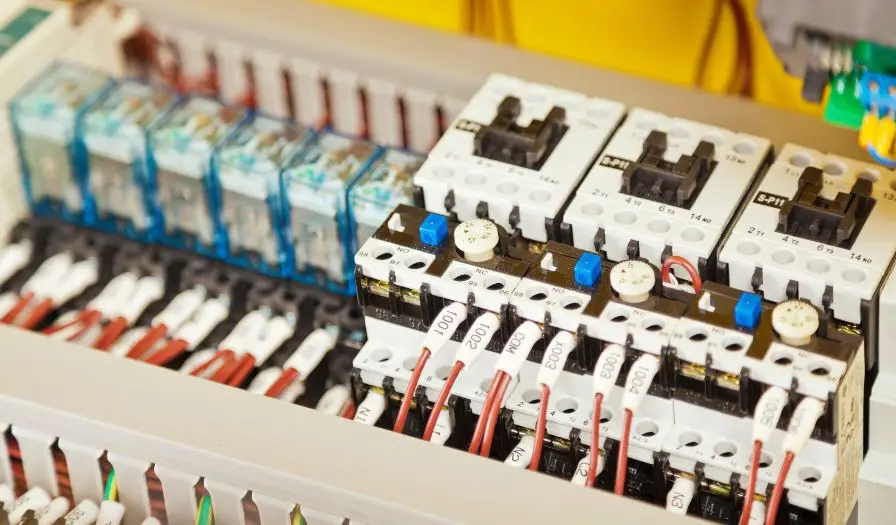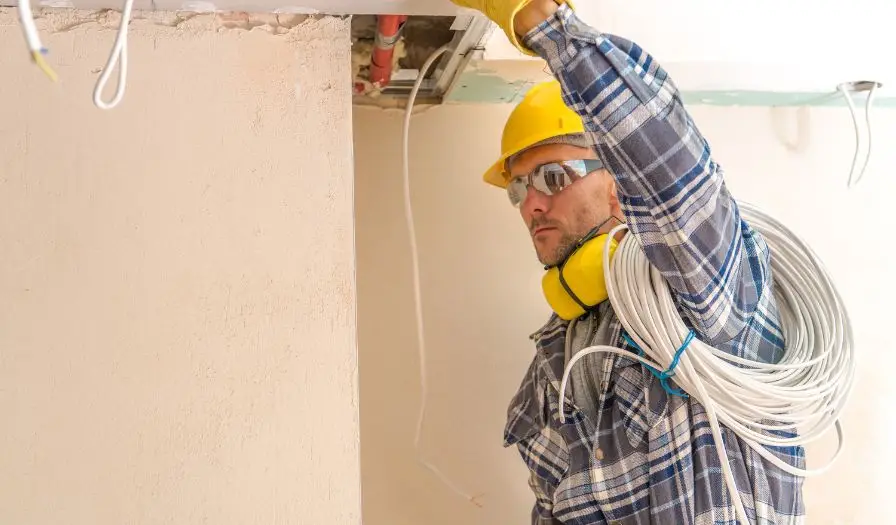In any modern industrial environment, electrical installations form the central nervous system that enables production, safety, and efficiency. Their proper design, execution, and maintenance ensure not only operational continuity but also personnel safety and energy savings.
In this technical and informative article, you will find everything you need to know about installations, from their basic components to the most demanding safety standards in today’s industry.
Índice
- What Are Industrial Electrical Installations?
- Essential Components in Electrical Installations
- Types of Installations by Voltage
- Types of Installations by Industrial Use
- Regulations and Standards in Electrical Installations
- Common Failures and Prevention
- Final Conclusions
- Failure Prevention and Maintenance
1. What Are Industrial Electrical Installations?
Industrial electrical installations are the organized set of equipment, devices, and electrical circuits that provide power to machinery, production processes, lighting systems, automated control, and any other system that requires electricity in an industrial environment.
These installations clearly differ from residential or commercial electrical systems in terms of power, complexity, design, applicable regulations, and safety requirements.

2. Essential Components in Industrial Electrical Installations
Although installations may vary depending on their application and specific needs, they all include certain key components:
- Service connection: The link from the distribution network to the internal installations of the industry. It can be underground or overhead.
- Industrial transformers: Reduce or increase voltage levels according to the internal requirements of each factory or industrial facility.
- Electrical and distribution panels: These are the operational core of the installation. They house protections against overloads, short circuits, and leakage currents.
- Industrial switches: Devices used to control and protect electrical lines (automatic circuit breakers, magnetic-thermal switches, residual-current devices, among others).
- Specialized wiring: Cables designed to withstand extreme conditions, such as high temperatures, humidity, or corrosive environments.
- Industrial grounding systems: Essential to protect both personnel and equipment from electrical discharges or leakage currents.
3. Types of Installations by Voltage
Industrial electrical installations are primarily classified according to the voltage levels they operate with:
3.1. High voltage (Above 36 kV)
Used in large industries such as metallurgical plants or petrochemical factories, where they power heavy machinery and industrial furnaces.
3.2. Medium voltage (Between 1 kV and 36 kV)
Common in medium and large industries, these installations are used for internal energy distribution and transformation within factories.
3.3. Low voltage (Below 1 kV)
The most common type, present in small industries, workshops, and medium-sized businesses, used to power machines, lighting, and standard industrial equipment.
4. Types of Installations by Industrial Use
The classification according to use and industrial purpose is crucial:
4.1. Power generation installations
These are installations that produce electricity through solar photovoltaic energy, cogeneration, or industrial turbines.
4.2. Distribution and internal transport installations
These systems ensure that electricity reaches each production point safely and stably within the facility.
4.3. End-user installations
These are the installations that ultimately supply power to machines, industrial robots, production lighting, HVAC systems, data centers, or smart warehouses.
5. Regulations and Standards in Industrial Electrical Installations
Compliance with electrical regulations ensures safety, quality, and energy efficiency:
- Low Voltage Electrical Code (REBT – Spain)
- UNE Standards, specific to various industrial sectors
- ISO 50001, for efficient energy management in industries
For specialized training, check out: Specialized Courses in Industrial Electrical Installations.

6. Common Failures in Industrial Electrical Installations and Prevention
Anticipation and predictive maintenance are key. The most common failures include:
- Electrical overloads: Cause costly interruptions, especially in continuous production lines.
- Short circuits:Extremely dangerous as they can lead to fires and severe equipment damage.
- Electrical insulation failure: A major risk for industrial operators.
- Failures in grounding systems: Can result in direct exposure to hazardous electrical discharges.
It is advisable to conduct regular inspections using industrial thermography and predictive analysis.
More information in our article: Predictive Maintenance in Industry.
Final Conclusions
Electrical installations are a fundamental pillar in industrial operations. Understanding their functioning, components, and regulations allows companies to optimize production processes, prevent occupational hazards, and significantly reduce operating costs.
If you need consultation or a customized project for your industrial electrical installations, contact our team of electrical engineers.
Failure Prevention and Maintenance
What types of electrical installations exist?
Electrical installations can be classified by voltage (low, medium, high) or by use (residential, industrial, commercial). Each type is designed to meet the specific energy needs of its environment.
What are the most common failures in electrical installations?
The most frequent failures include overloads, short circuits, and transformer failures. These issues can cause service interruptions or even accidents if not properly managed.
How is electrical installation maintenance performed?
Maintenance should include periodic inspections, testing of circuit breakers and transformers, as well as cleaning and reviewing connections to prevent failures.
We advise you
Whether you need guidance on equipment selection, process optimization or the implementation of new technologies, we are here to help you clear up any doubts you may have.
You can also visit us at: OUR INSTALLATIONS
